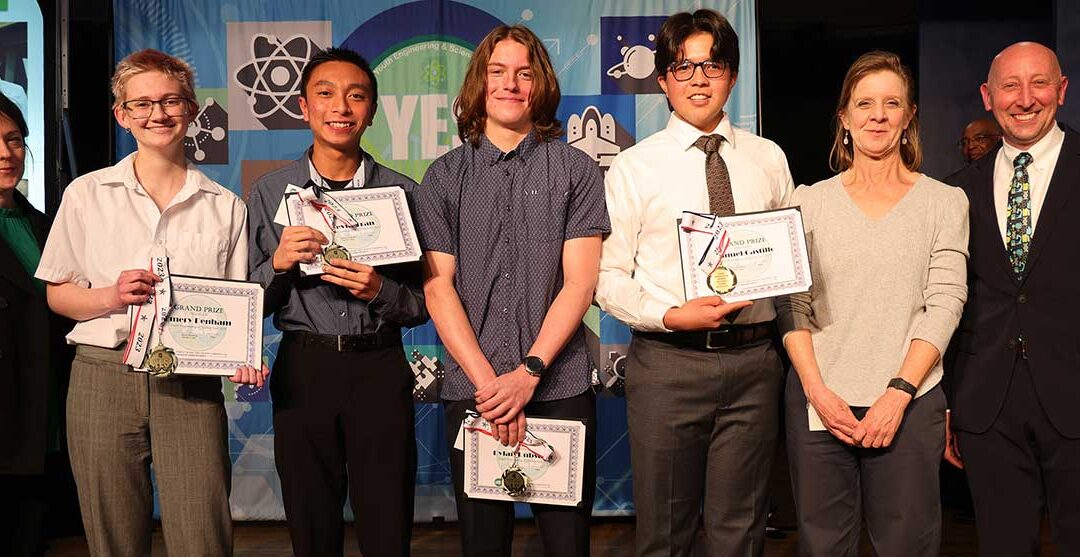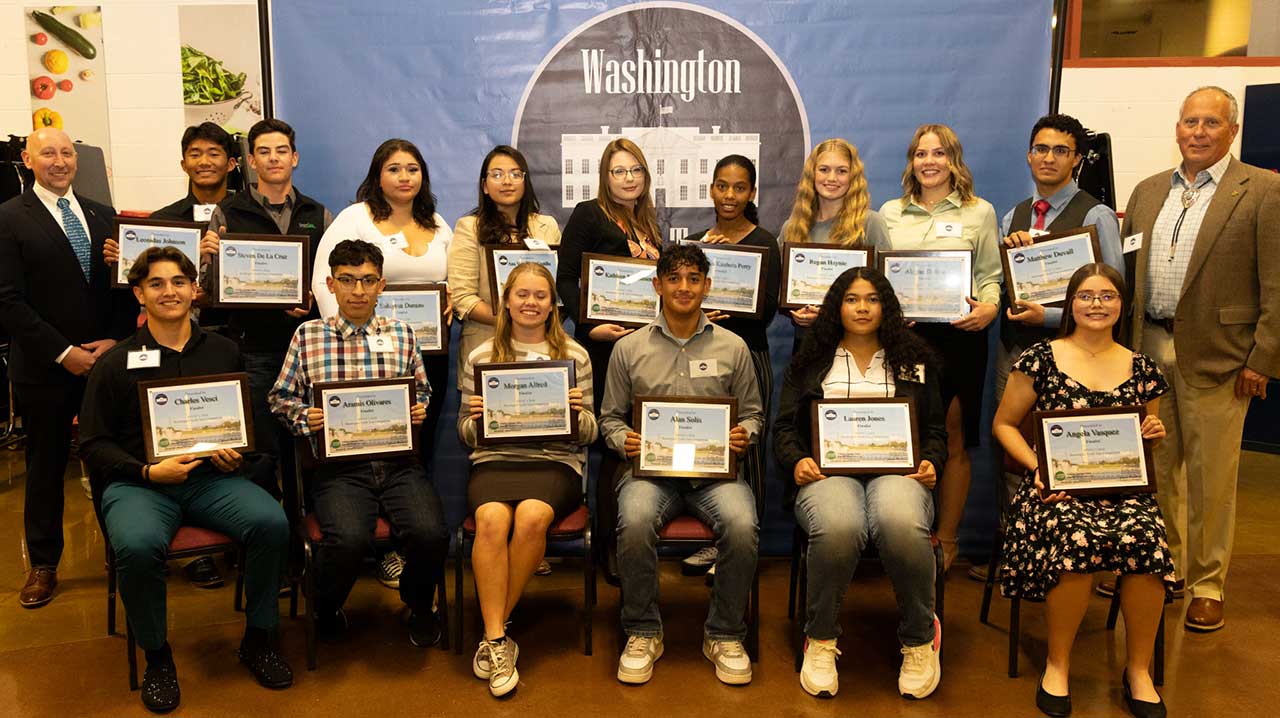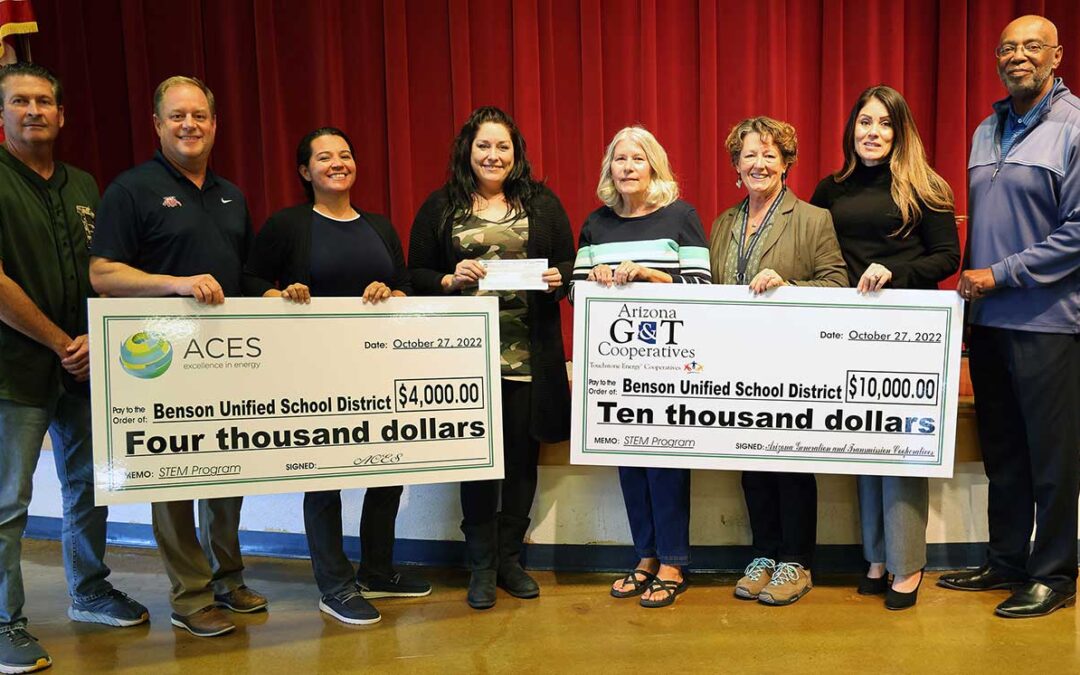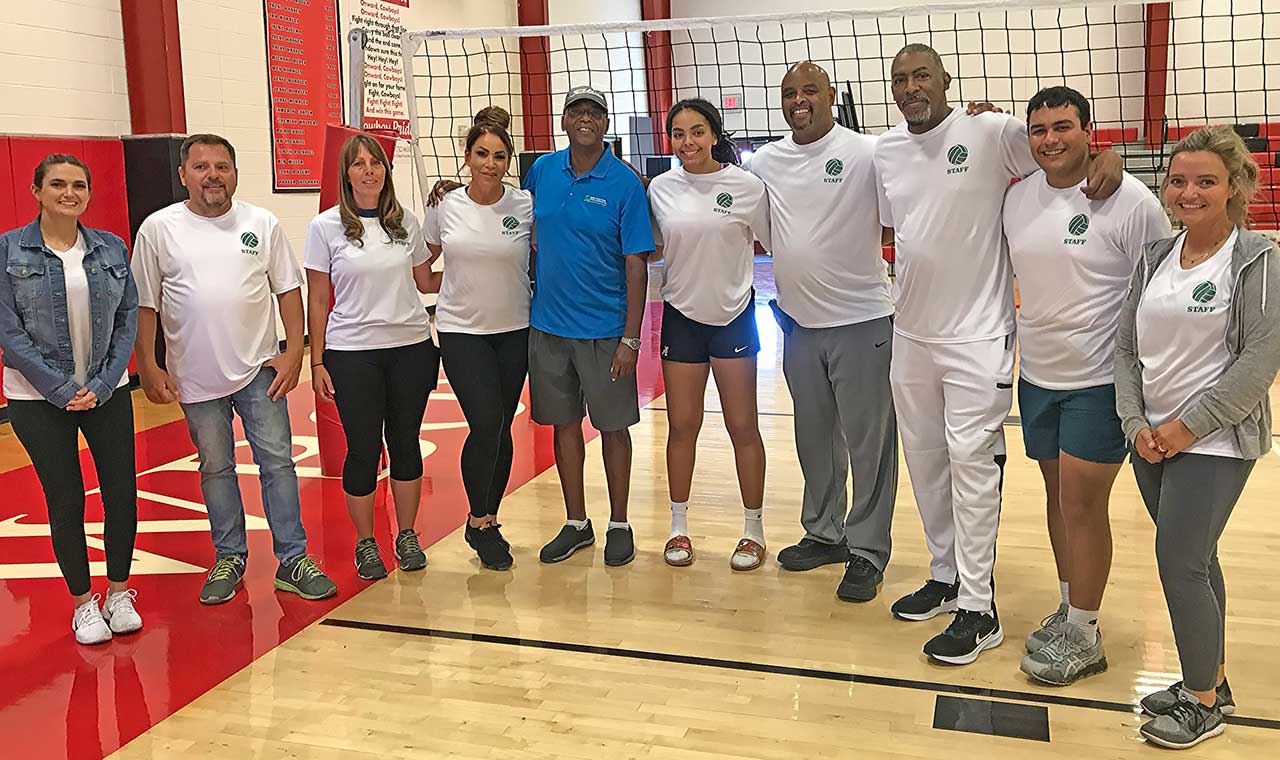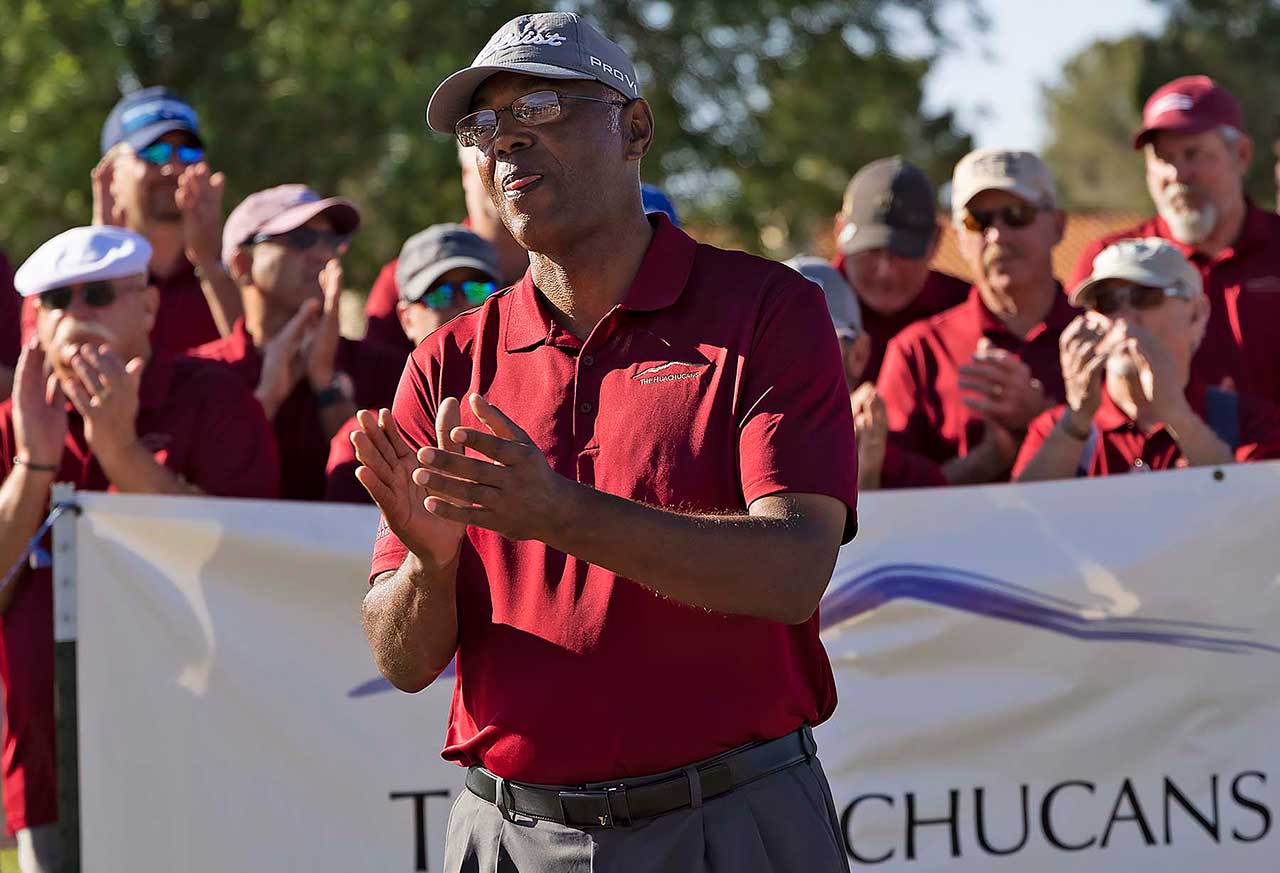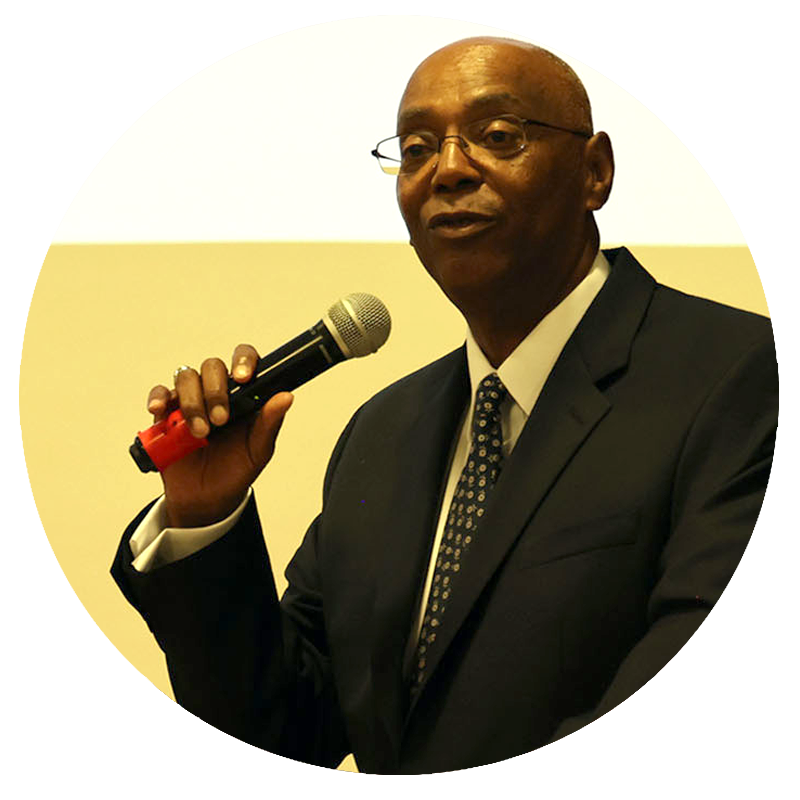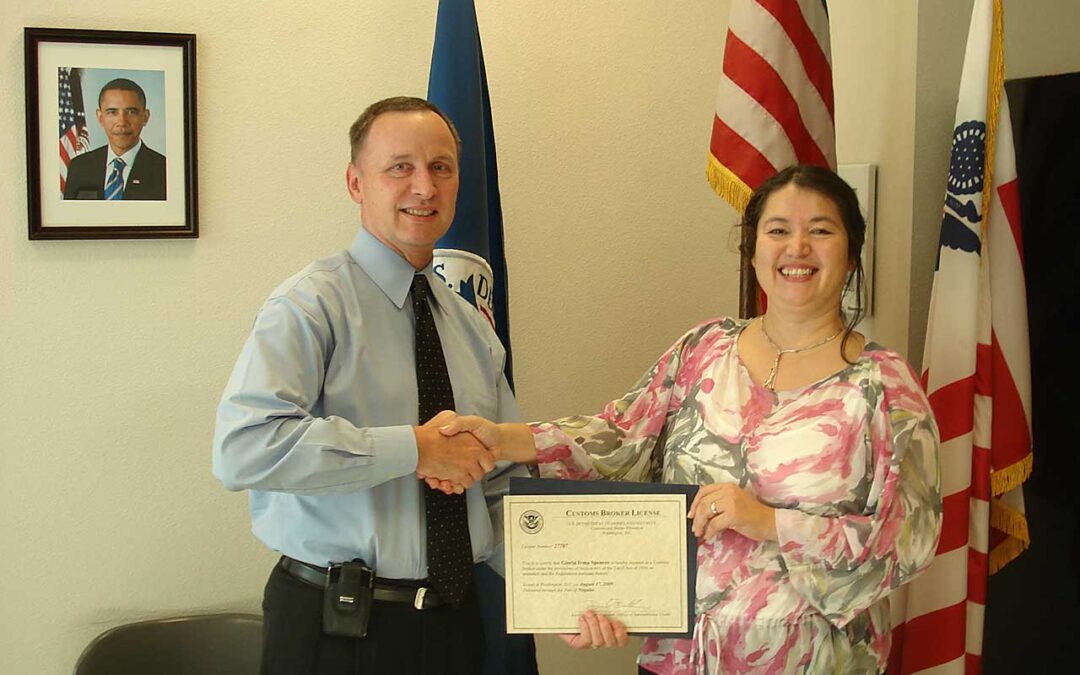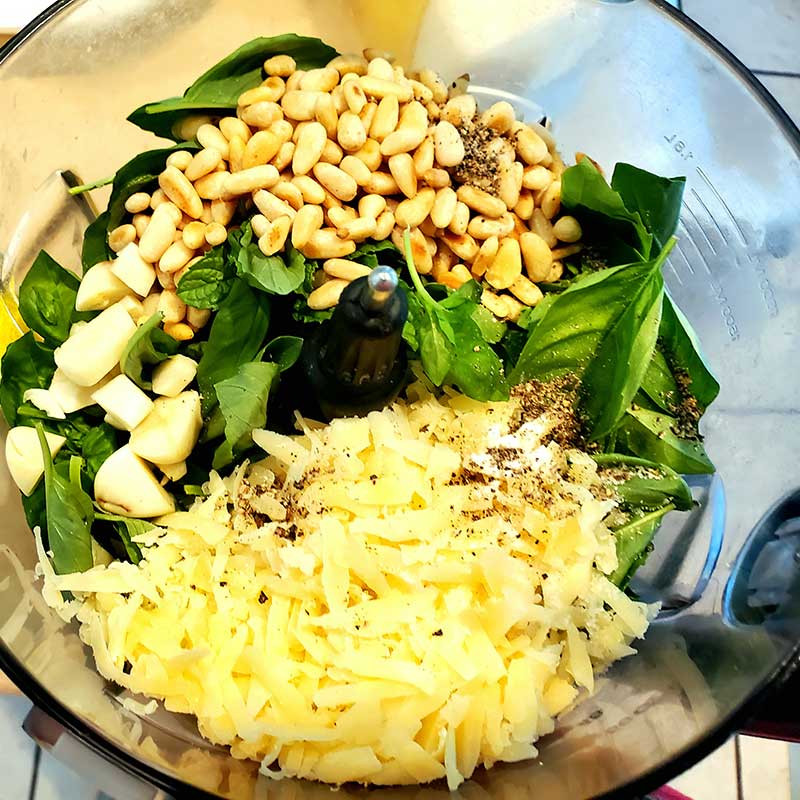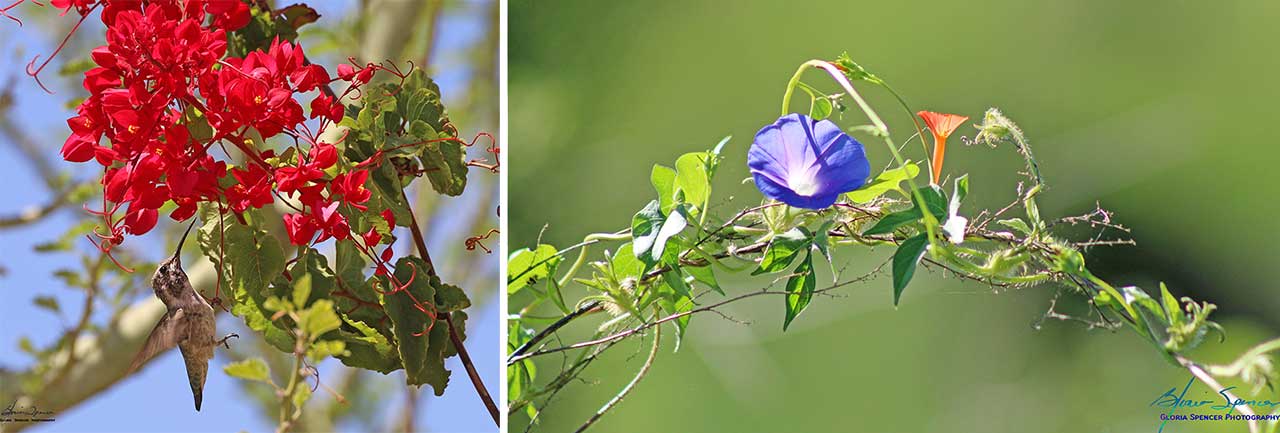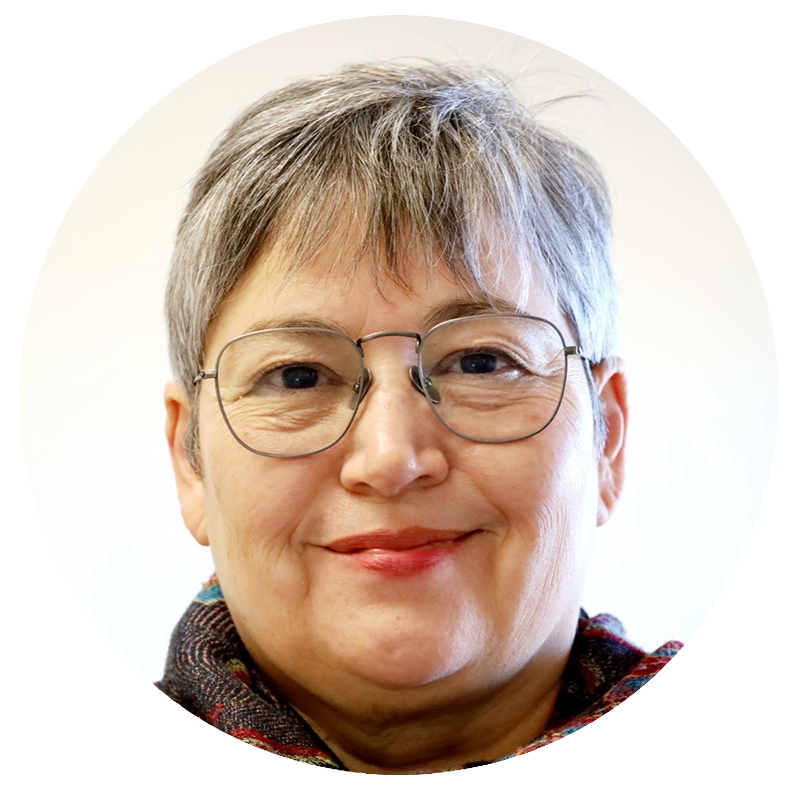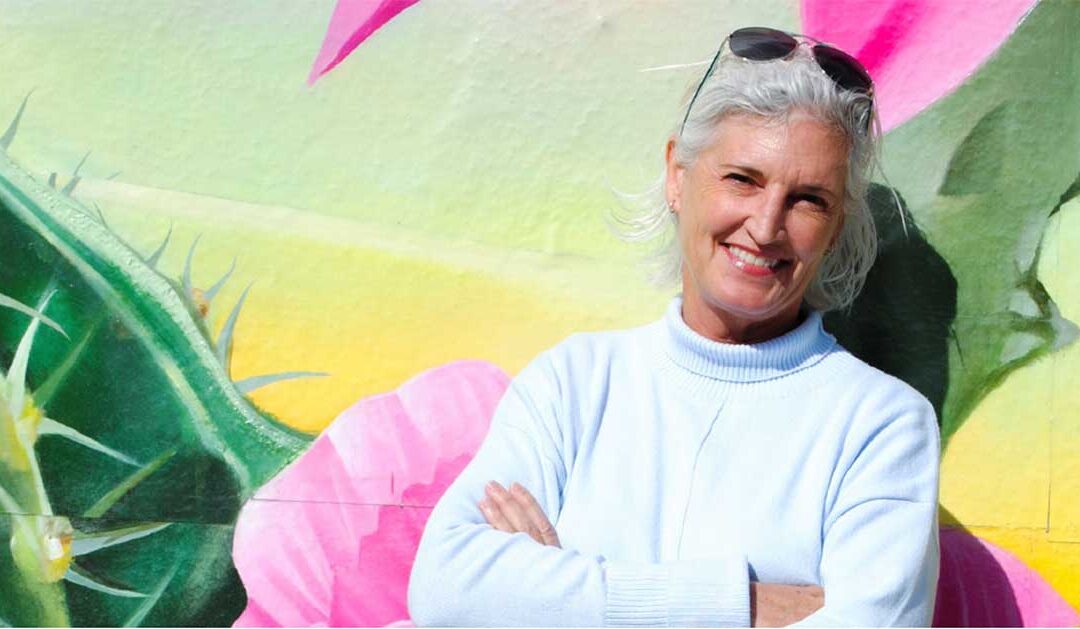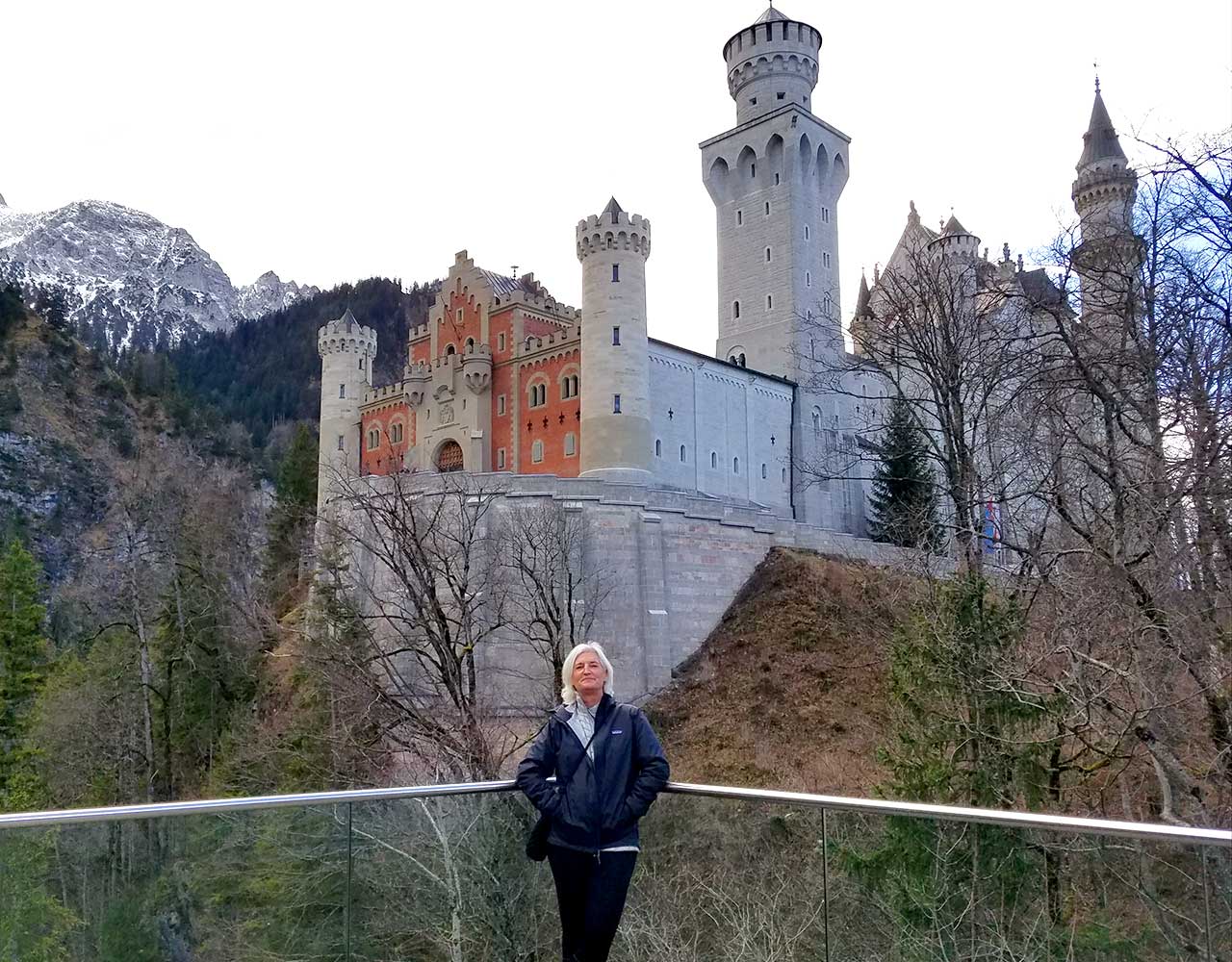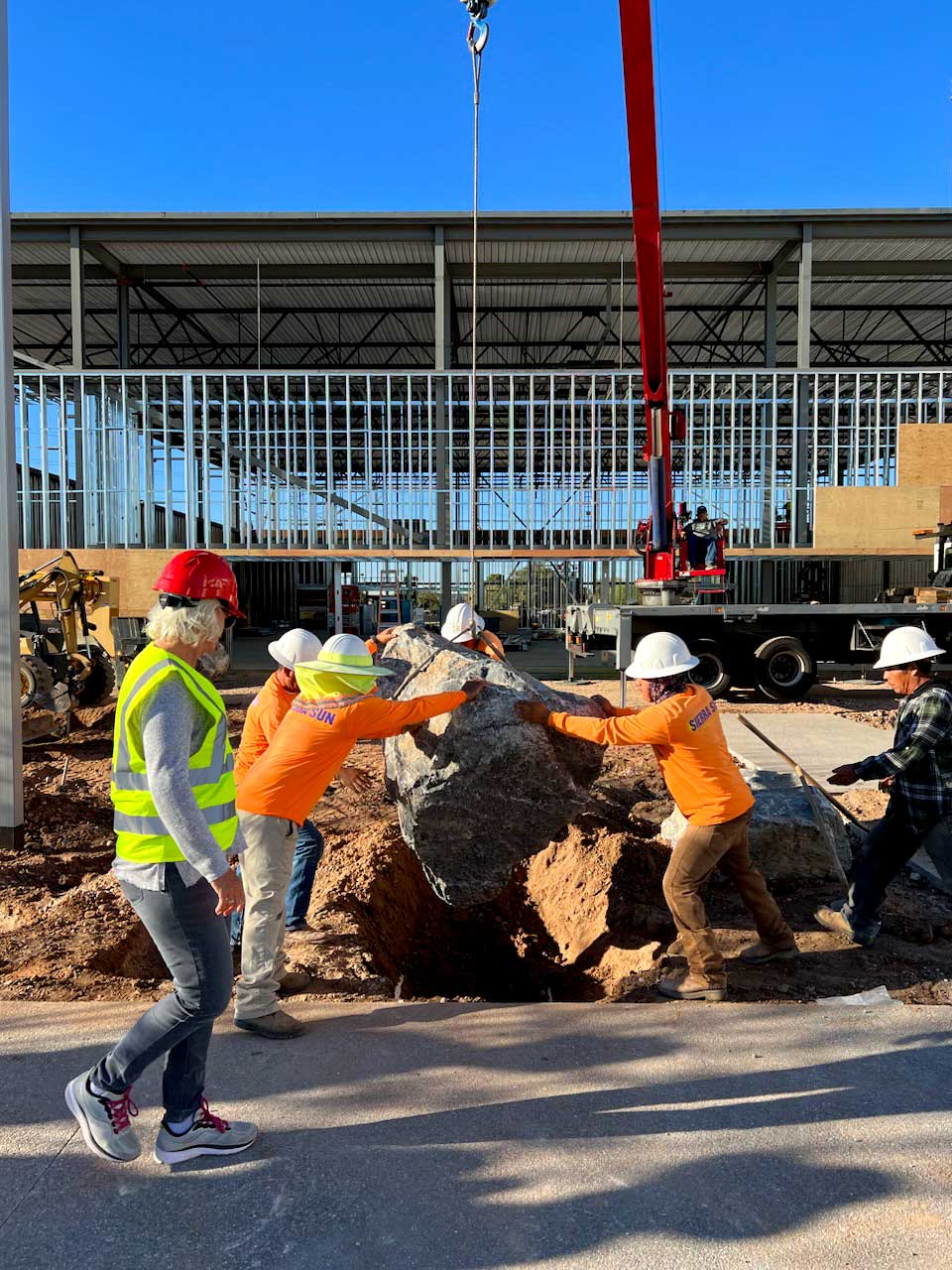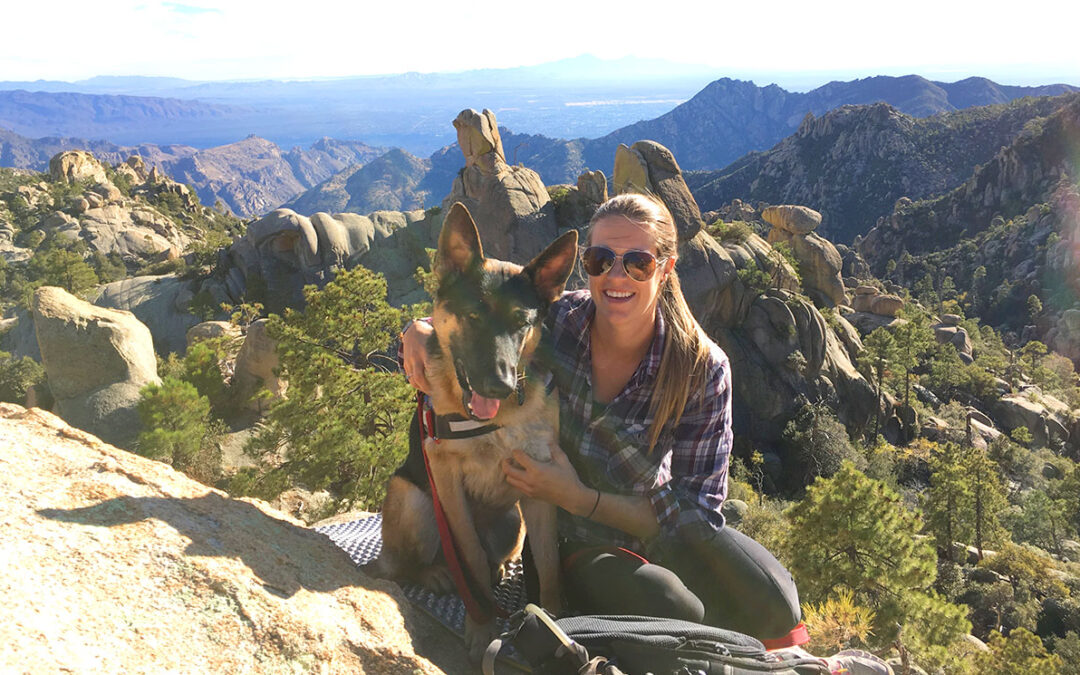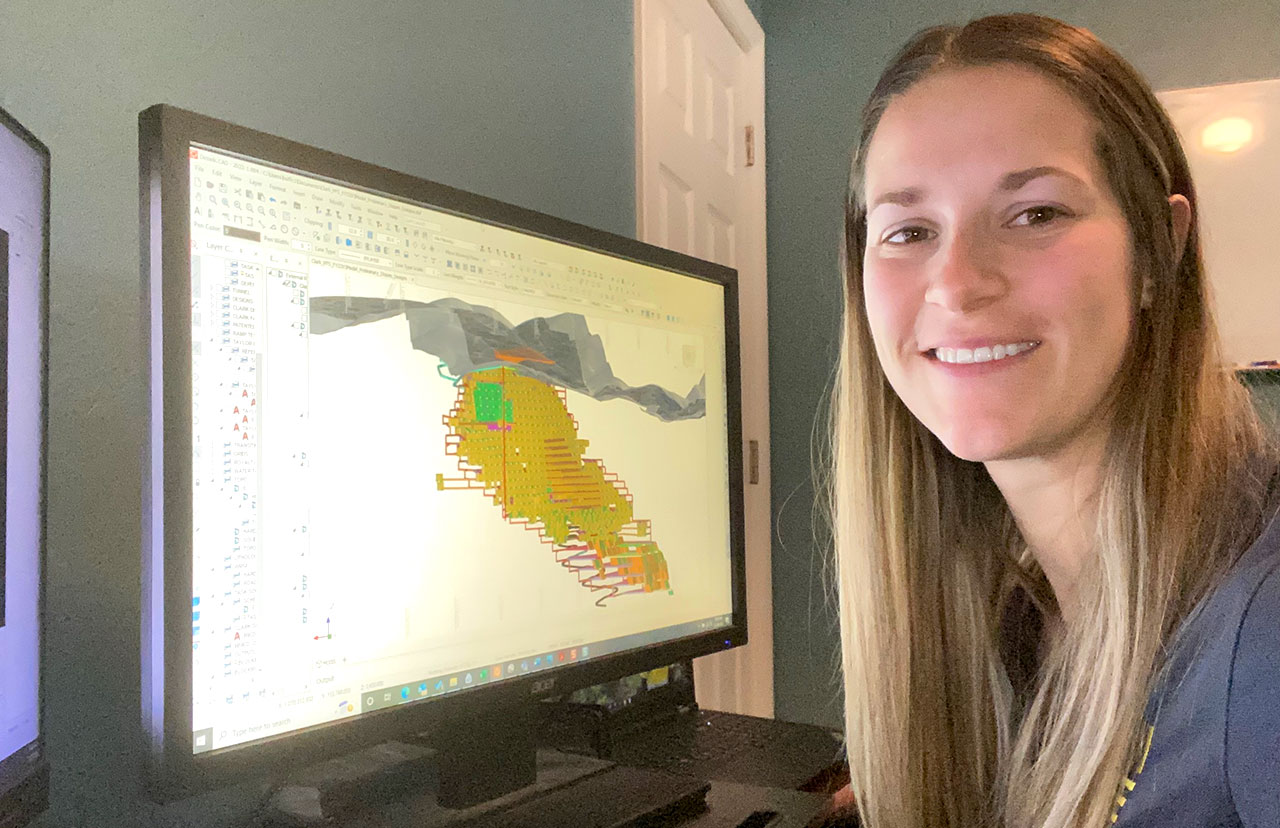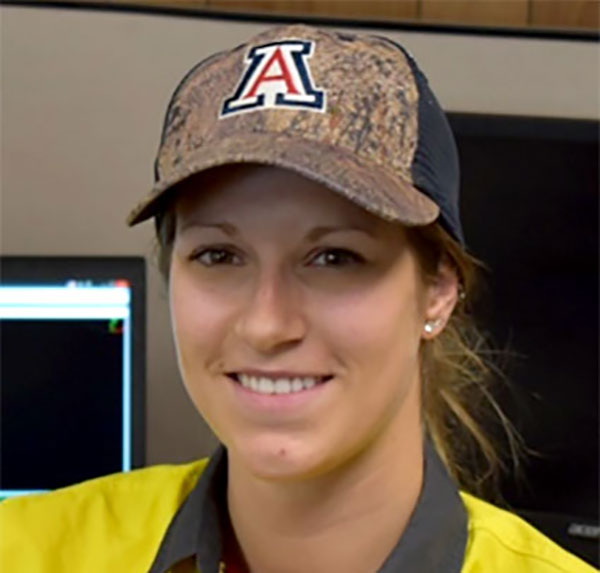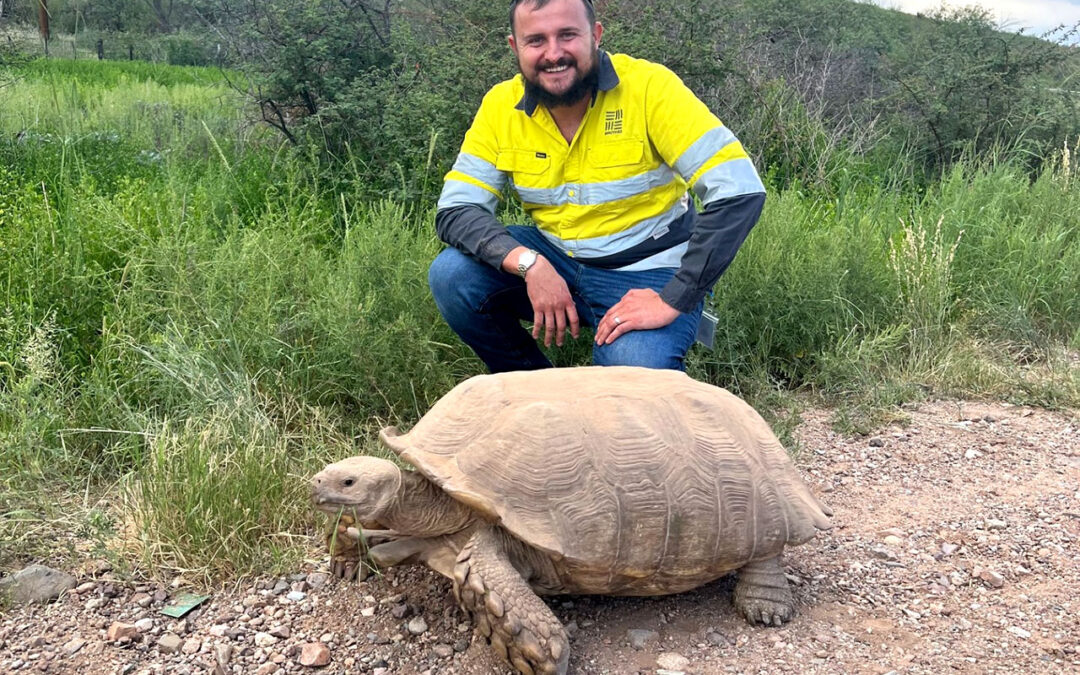
SPONSOR HIGHLIGHT: South 32’s Manager of Project Technology Todd Pereira
South 32’s Manager of Project Technology Todd Pereira with a Desert Tortoise.
Todd Pereira, Manager, Project Technology joined South32 in January 2023. He holds a double diploma in IT (Network Engineering & Systems Administration) from Canberra Institute of Technology in Australia and a Masters of Management (IT) from Charles Sturt University in Australia.
He has over 16 years of experience in the mining industry, working with technology in diverse locations including Australia, Saudi Arabia, and the USA. He says, “I have developed a deep understanding of the industry and its unique challenges. In my previous role as Head of IT with Nevada Gold Mines I successfully led the integration of Barrick and Newmont domains to form the largest gold mining complex in the world.”
South32 has sponsored Mat Bevel Company each year supporting The Universe Within world-building curriculum which aligns with one of its core focus areas, education, in particular cultivating skills and a passion for STEM subjects at an early age. STEM literacy is absolutely an essential part of mining, especially when it comes to a company that strives to innovate using digital transformation, which refers to adopting technology to improve operational efficiency.
Digital Transformation has not been widely adopted within the mining industry, but Todd and his team at South 32 are changing that. While companies in other industries can decide how to adjust their pricing models, mining companies’ pricing is controlled by external forces like the stock market and stability of global economies. For the industry to maximize profits, digital transformation provides a method to drive down those overheads for mining companies. This efficiency creates more opportunities for mining projects to continue and invest in their partnering communities.
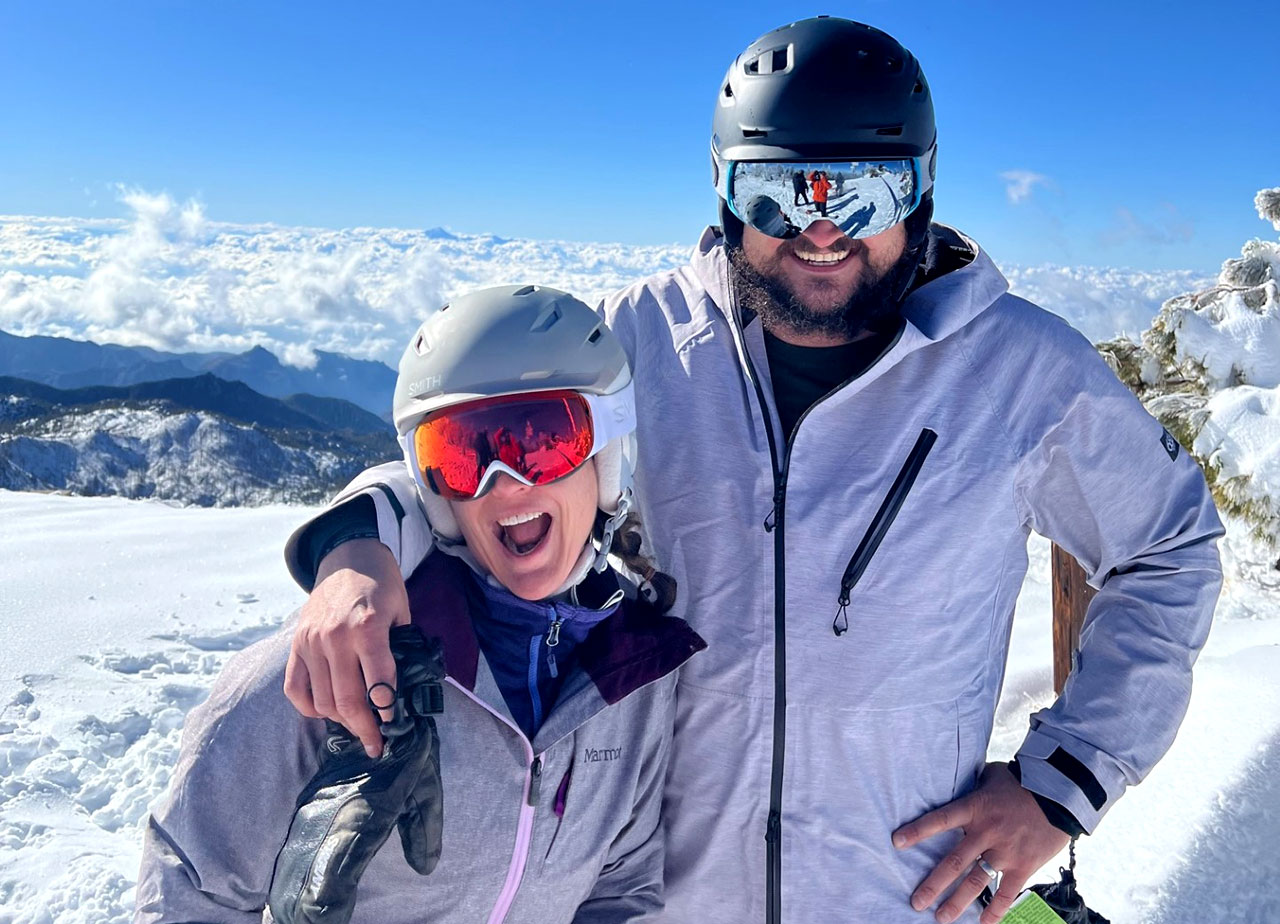
South 32’s Todd Pereira skiing on Mount Lemmon
The Hermosa Project near Patagonia, Arizona is the only advanced mine development project in the U.S. as of 2023 that could produce two federally designated critical minerals—one of the world’s largest undeveloped zinc resources and manganese, a resource that could produce battery-grade manganese to supply domestic demand. There has been no manganese mining in the U.S. since the 1970s, and there is no manganese metal production in all of North America. More than 75% of manganese metal in North America is imported from foreign sources, and the US is now 100% reliant on foreign sources for manganese. In addition, the US produces only 6% of the world’s zinc and is highly reliant on international sources for this metal.
South32 aims to “Power America’s Clean Energy Transition” through the Hermosa Project by producing minerals needed to build electric vehicles and renewable energy, thereby helping in the effort to decarbonize two of the highest greenhouse gas emitting sectors and power the nation’s clean energy future. With the U.S. highly reliant on imports and overseas supply chains for these resources, the Hermosa Project was selected as the first mining project to take part in the federal government’s FAST-41 program.
Todd says, “We’re designing the Hermosa Project to be a different kind of mine, using advanced technology and methods that will make it safer and more sustainable than older mines. For example, the project started with a $30 million voluntary clean-up of historic tailings piles left by previous owners. Building Santa Cruz Country’s first dry stack tailings facility to store more than 2.2 million tonnes of legacy tailings has helped the Hermosa Project reduce its water footprint by more than 75% of what similar mines in the broader region use.”
Additionally, Hermosa, thanks in part to its underground mining operational plans, has a footprint that is 95% smaller than a typical open-pit mine in Arizona. The mine is being designed to use renewable energy and electric vehicles to power its operations. South32 will also be constructing a remote operations center with state-of-the-art remote operating and automation technology.
During the initial construction phase, the project is expected to generate a cumulative $29 million in local taxes for Santa Cruz County, double the current amount, and $38 million in state taxes over the projected construction period (2022-2027).
